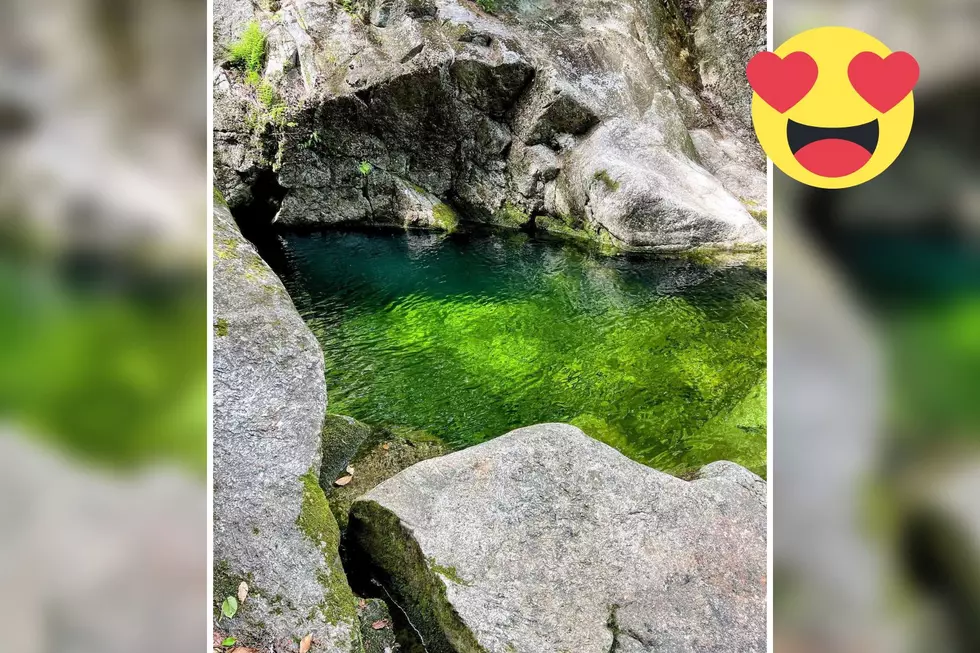
There’s A Ghost Town That Exists At The Bottom Of This Lake In Maine
Maine is filled with pristine streams, rivers and lakes for residents and tourists to enjoy throughout all four seasons. We often take for granted that these bodies of waters are simply nature's gift. But one particular lake in Maine, Flagstaff Lake, hides a troubling secret at its bottom. A secret that people once called that land home before it was torched and purposely flooded.
Flagstaff, Maine had an intriguing backstory before it was wiped away. The town itself got its name from noted traitor Benedict Arnold, who erected a flagpole along with his men during their famous march through the area in the early 1800's. According to the Dead River Area Historical Society, Miles Standish then constructed sawmills that were powered by a small dam nearby. As Flagstaff began to grow, another small village, Dead River Plantation, also began to prosper. Both towns were destroyed in 1949 and buried beneath what is now known as Flagstaff Lake.
The reasoning behind these two Maine towns being submerged lies in the idea of prosperity. Central Maine Power was looking for a way to more efficiently serve power to parts of the state. Initially it appeared CMP was going to build a hydroelectric dam at the Forks, but because of expense and a proposed agreement with the Maine legislature, that plan was scrapped for a more cost-effective option. That option was to build a dam on Dead River, which would force both Flagstaff and Dead River Plantation off the map.
Most of the towns buildings had either been razed by construction crews or burned to the ground prior to the dam's completion. However, some Flagstaff residents who had not agreed to a compensation deal with CMP left their houses intact as the waters began to rise. For years, visitors to Flagstaff Lake have claimed that you can see the foundations of the former town on days when the lake is the clearest. Creepy.
This photo shows the home of Flagstaff resident Mae Savage. Her home was destroyed by the flood waters after she could not agree to terms with CMP.
Today, Flagstaff Lake still remains as a popular tourist destination. It is the largest of Maine's man-made lakes. It's located about 20 miles north of Rangeley and right next door to the town of Eustis.
Today, there is a Flagstaff Memorial Chapel to remember the townspeople who passed that built those communities before they were flooded. There's also whispers of ghost stories and hauntings by residents of Flagstaff who may have never left their home at all.
More From 94.3 WCYY









